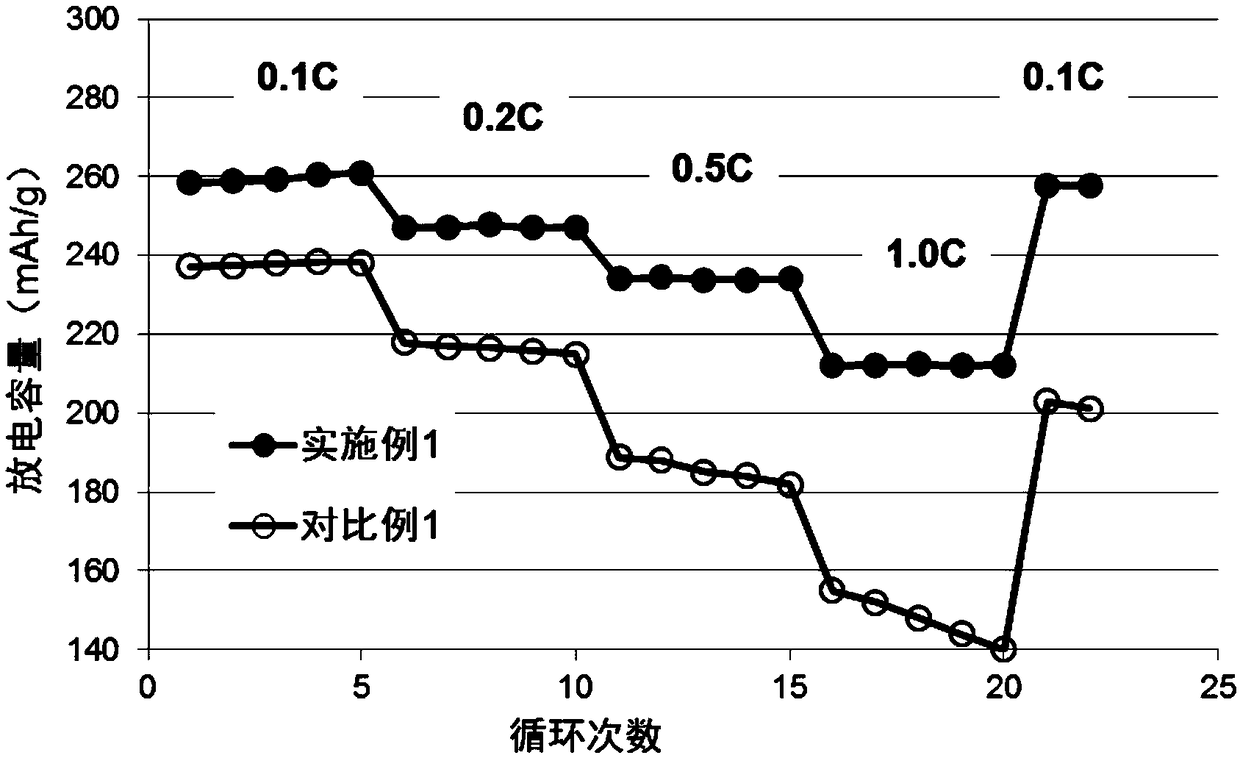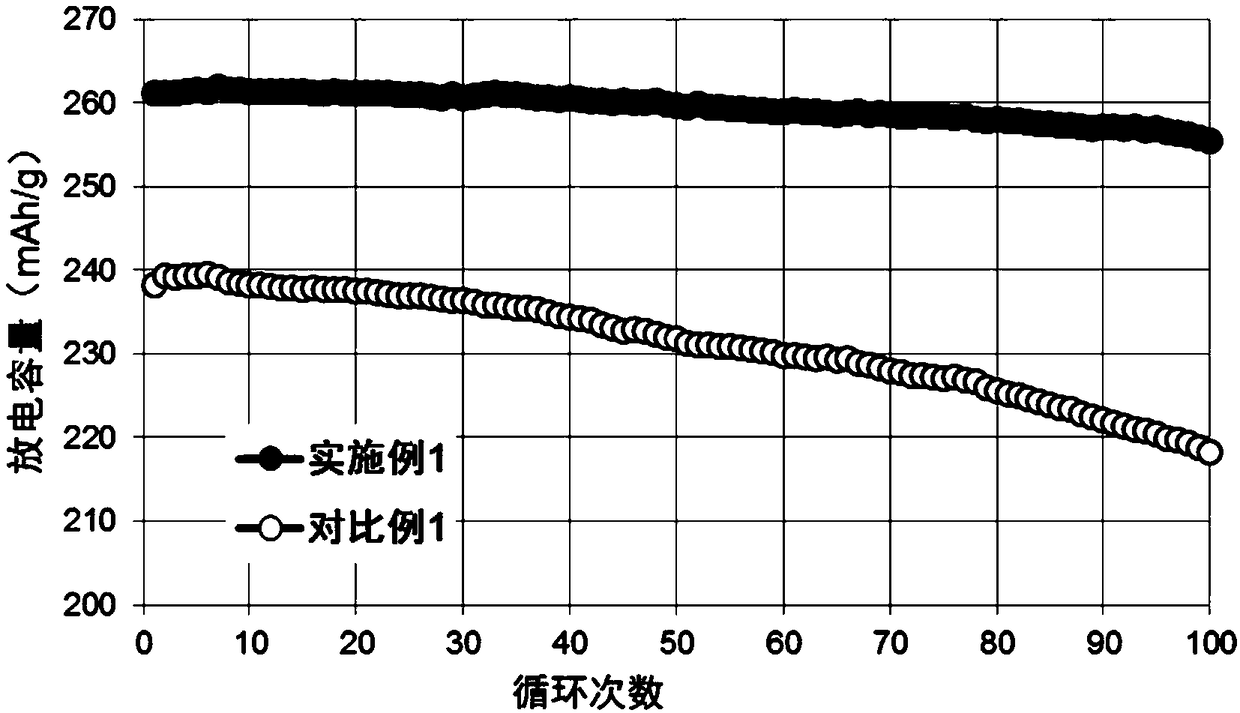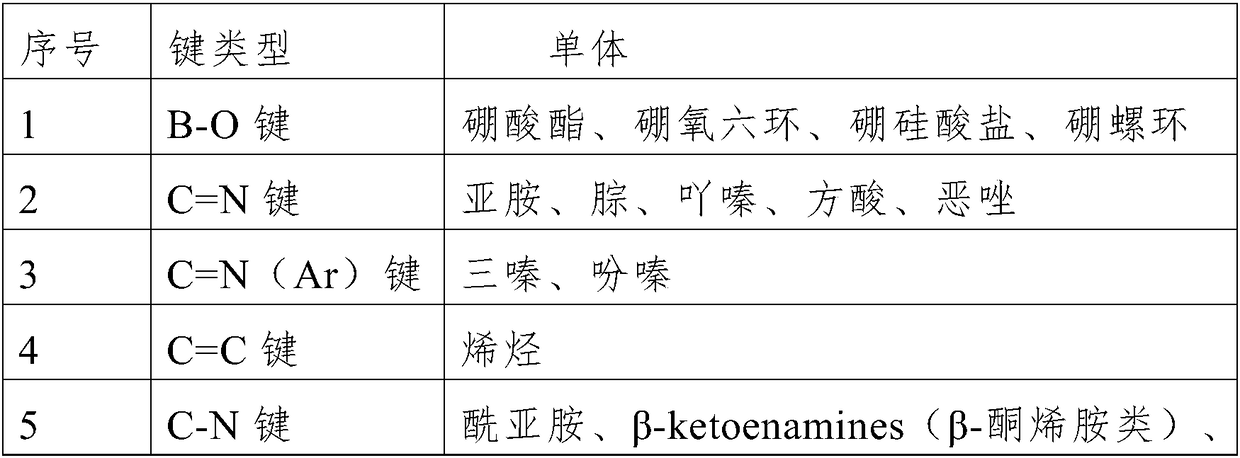Lithium-rich manganese-based cathode material coated with composite carbon material and preparation method thereof, and lithium battery
A lithium-rich manganese-based, positive electrode material technology, applied in battery electrodes, secondary batteries, circuits, etc., can solve problems such as poor stability, uneven coating, material conductivity, battery rate performance, and cycle stability. , to increase the conductivity
- Summary
- Abstract
- Description
- Claims
- Application Information
AI Technical Summary
Problems solved by technology
Method used
Image
Examples
Embodiment 1
[0045] This embodiment provides a method for preparing a lithium-rich manganese-based positive electrode material coated with a composite carbon material, comprising the following steps:
[0046] S01, preparing a lithium-rich manganese-based positive electrode material, specifically including the following sub-steps:
[0047] a1. Preparation of lithium-rich manganese-based precursor by carbonate co-precipitation method, the chemical formula is Mn 0.54 Ni 0.13 co 0.13 (CO 3 ) 0.8 . Specifically, it is prepared by mixing soluble manganese salt, soluble nickel salt and soluble cobalt salt to form a mixed salt solution, then adding carbonate solution as a precipitating agent, adding a complexing agent at the same time, and finally carrying out co-precipitation reaction. For the specific process, please refer to the existing steps of the carbonate co-precipitation method, which will not be repeated here.
[0048] a2. Mix the lithium-rich manganese-based precursor and lithium ...
Embodiment 2
[0076] This embodiment provides a method for preparing a lithium-rich manganese-based positive electrode material coated with a composite carbon material, comprising the following steps:
[0077] S01. Prepare a lithium-rich manganese-based cathode material.
[0078] Specifically, the chemical formula is 0.5Li 2 MnO 3 0.5LiNi 0.5 co 0.2 mn 0.3 o 2 . Refer to Example 1 for the entire preparation process, the only difference is that in this example, when sintering in step a3, first raise the temperature to 400°C at a rate of 2°C / min, sinter for 6 hours, continue to heat up to 700°C, and sinter 20h. For other parameters, refer to Embodiment 1, which will not be repeated here.
[0079] S02. Prepare COFs materials. In this embodiment, PZ-COF-1 powder is prepared by solvothermal method, including the following sub-steps:
[0080] b1. Place 1,2,4,5-tetraaminobenzene (110.0mg, 1.0mmol) and hexahydroxytriphenylene (108.0mg, 1.0mmol) in a polytetrafluoroethylene-lined autoclave,...
Embodiment 3
[0087] This embodiment provides a method for preparing a lithium-rich manganese-based positive electrode material coated with a composite carbon material, comprising the following steps:
[0088] S01. Prepare a lithium-rich manganese-based cathode material.
[0089] Specifically, the chemical formula is 0.4Li 2 MnO 3 0.6LiNi 1 / 3 co 1 / 3 mn 1 / 3 o 2 . Refer to Example 1 for the entire preparation process. The only difference is that in this example, when sintering in step a3, the temperature is raised to 450°C at a rate of 5°C / min, sintered for 3.5 hours, and then heated to 900°C. Sintering for 18h. For other parameters, refer to Embodiment 1, which will not be repeated here.
[0090] S02. Prepare COFs materials. In this embodiment, the solvothermal method is used to prepare COF-5 powder, including the following sub-steps:
[0091] b1. Put 1,4-benzenediboronic acid (BDBA; 185mg, 1.116mmol) and 2,3,6,7,10,11-hexahydroxytriphenylene (HHTP; 241.5mg, 0.745mmol) in polytetraflu...
PUM
 Login to View More
Login to View More Abstract
Description
Claims
Application Information
 Login to View More
Login to View More - R&D
- Intellectual Property
- Life Sciences
- Materials
- Tech Scout
- Unparalleled Data Quality
- Higher Quality Content
- 60% Fewer Hallucinations
Browse by: Latest US Patents, China's latest patents, Technical Efficacy Thesaurus, Application Domain, Technology Topic, Popular Technical Reports.
© 2025 PatSnap. All rights reserved.Legal|Privacy policy|Modern Slavery Act Transparency Statement|Sitemap|About US| Contact US: help@patsnap.com



